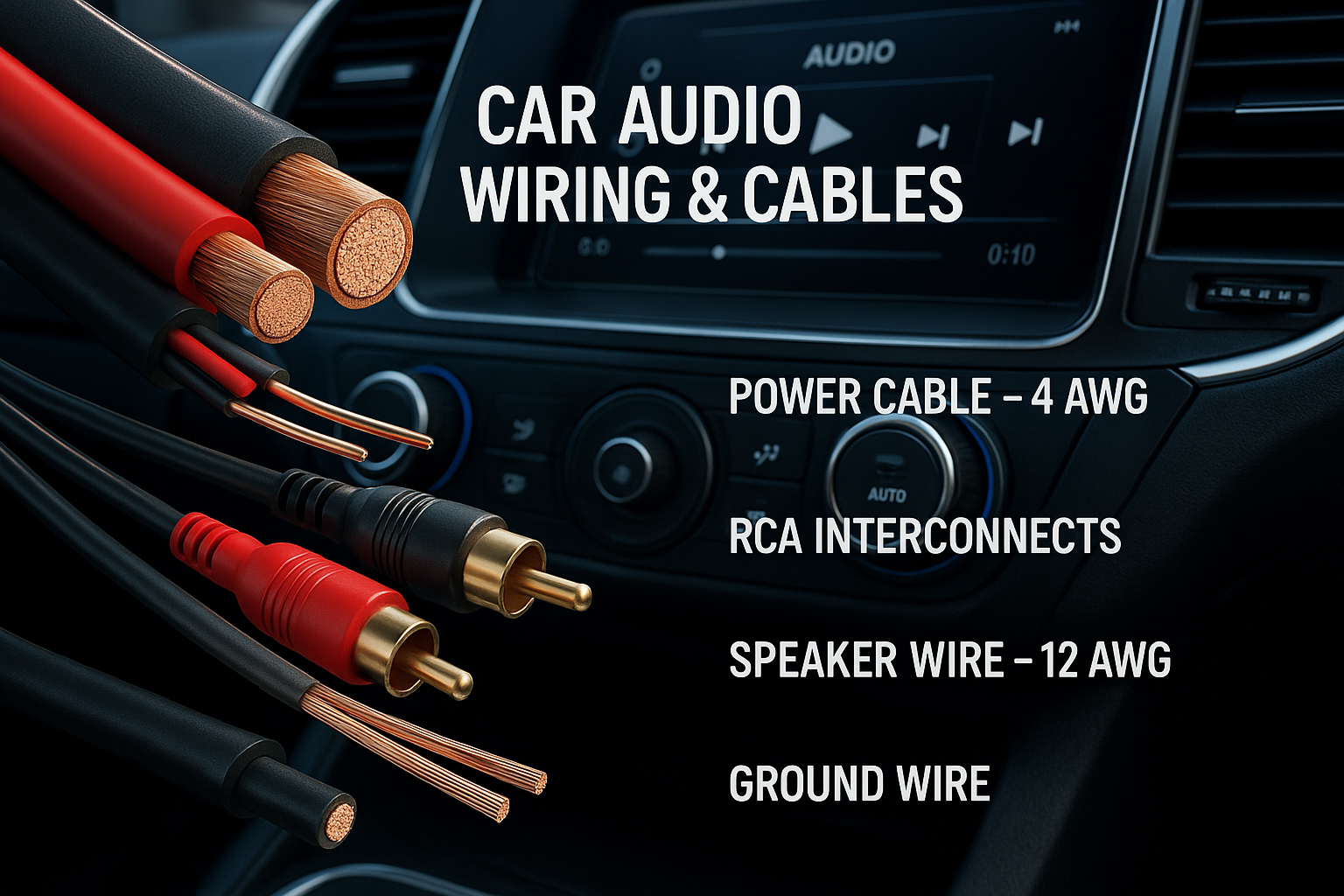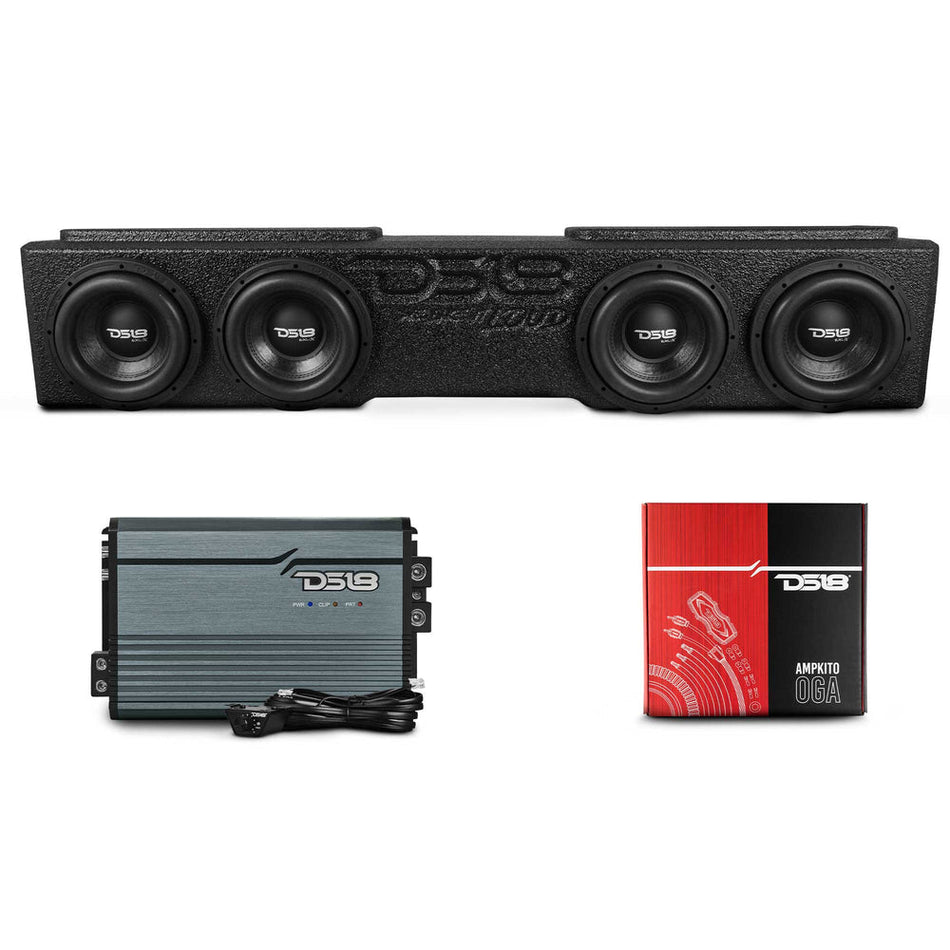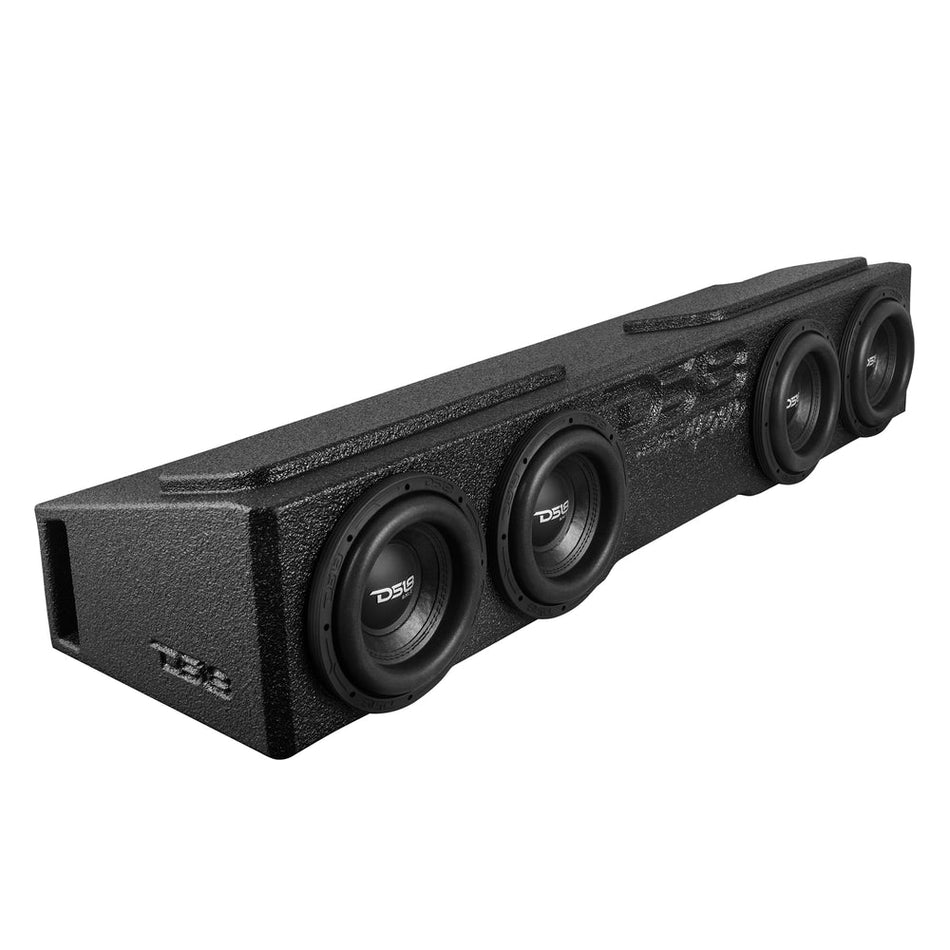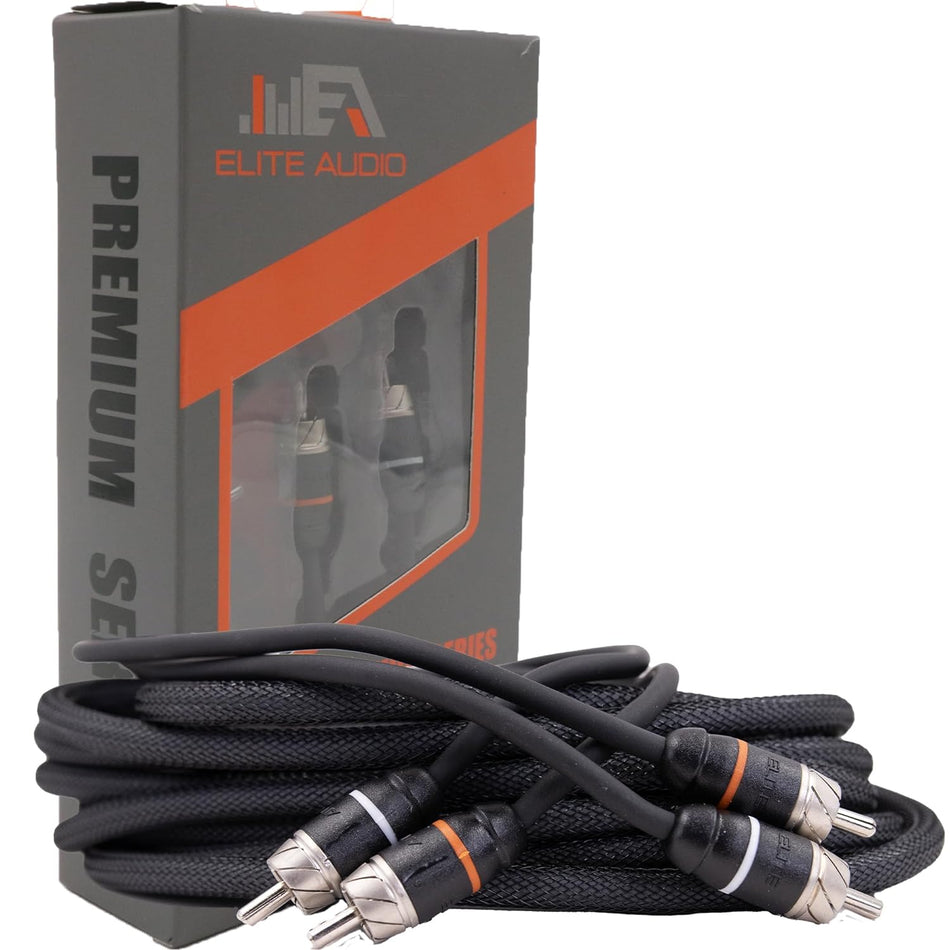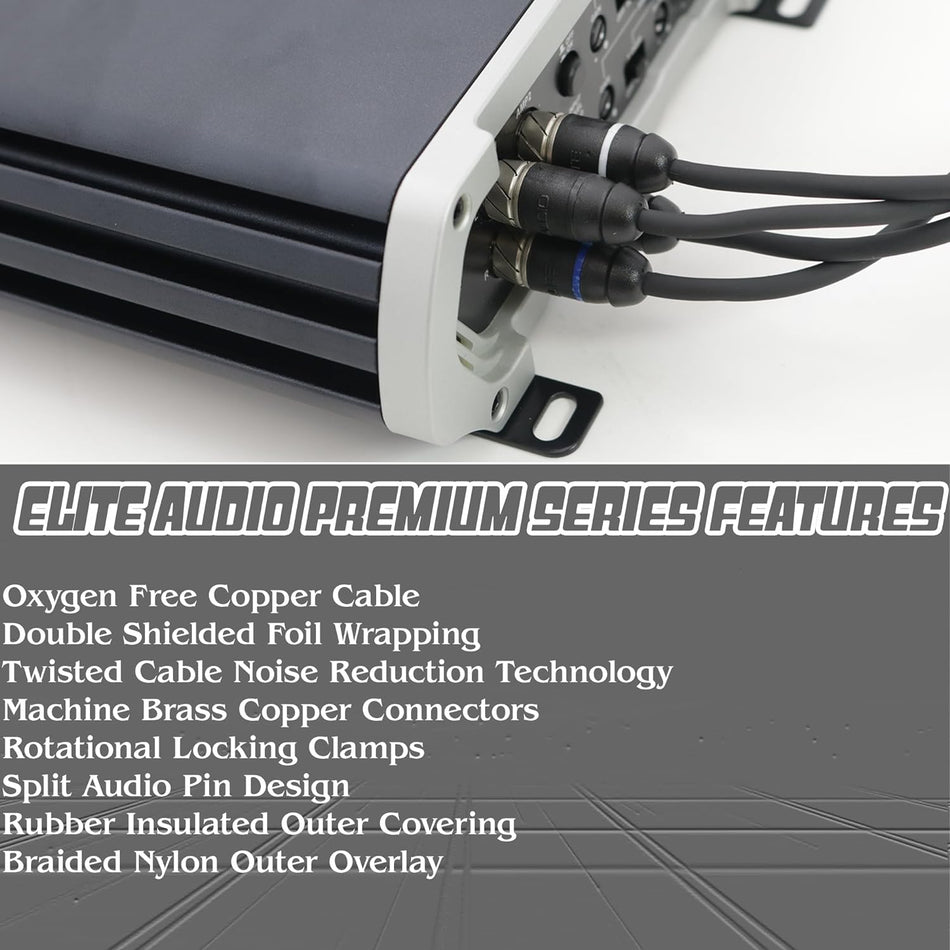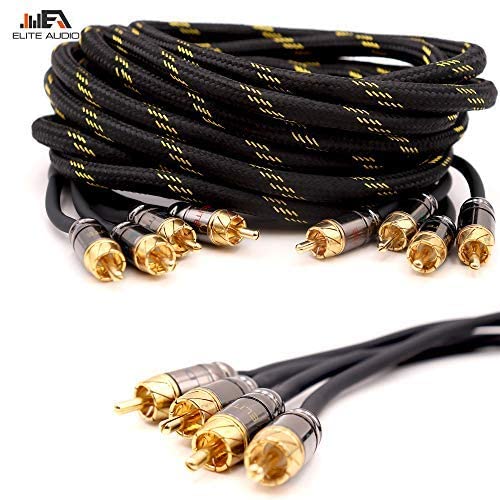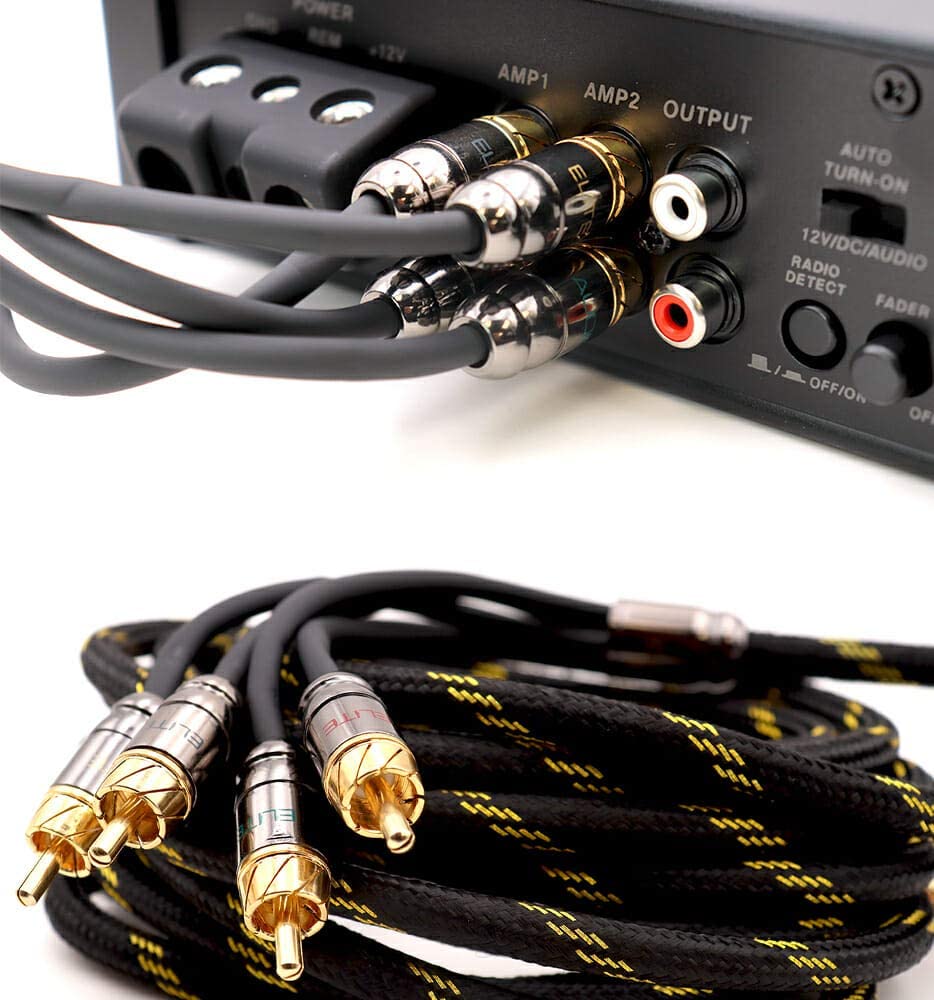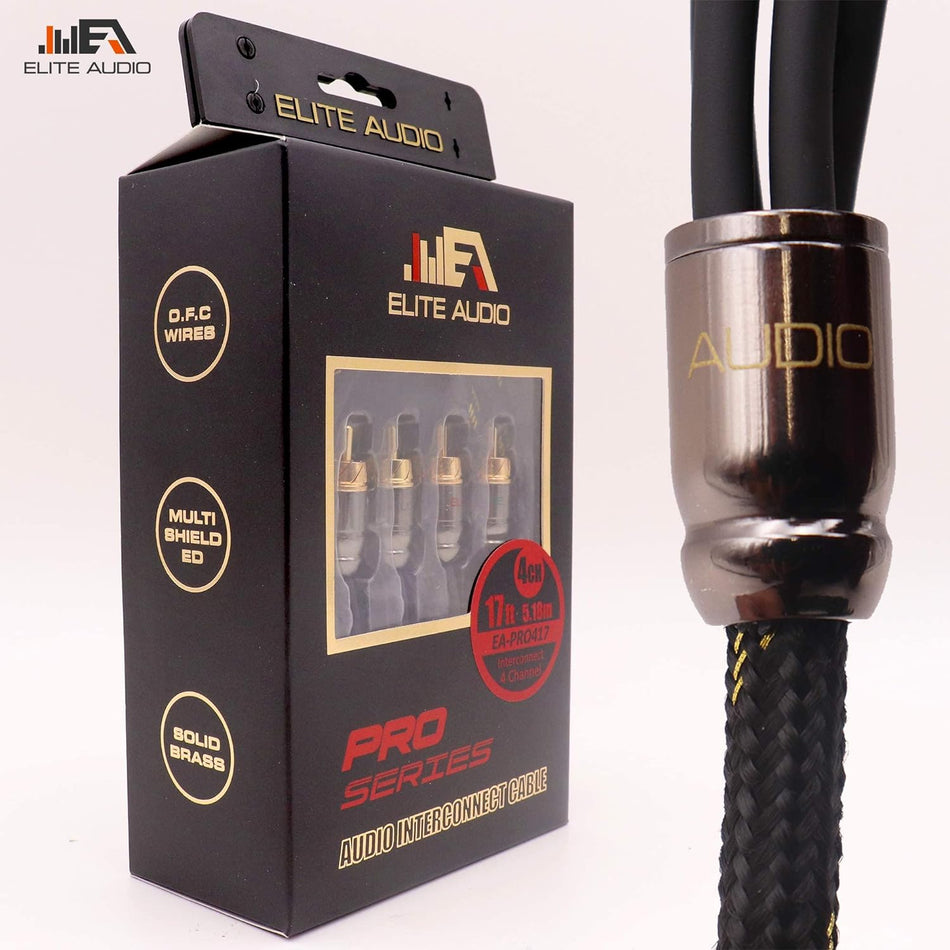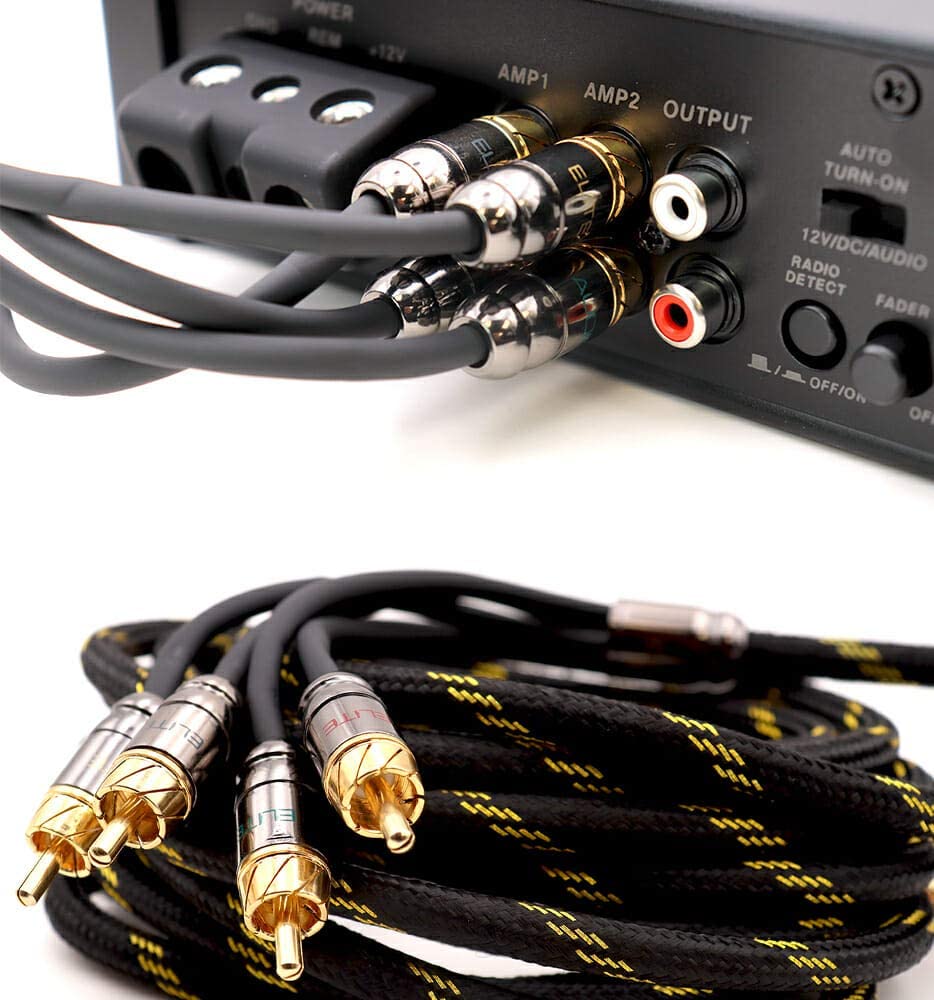A powerful car audio system functions through the unifying power of the correct wiring system. Strong audio components need wiring products of equivalent quality standards. Using poor cables in your setup will result in sound distortions as well as electrical interference and might even destroy your equipment. internal systems need correctly chosen wires and cables so power remains clean while signals remain accurate and the system operates without damage for longer periods.
Whether you are installing a full fledged sound system or you are merely replacing your speakers the type of car audio wiring you choose to install can be the difference between a successful installation and failure. Elite Auto Gear will show you the way on wire types, gauges, materials and best practices, so you make smart decisions that fit your car and audio objectives.
If you are installing your audio system with speakers or just installing some new speakers, then your choice of car audio wiring will make or break your audio. This guide will take you through which kinds of wire are best when connecting your car to your audio systems, what material to use, and how big or small of wire works best to fulfill your goal.
Wiring Quality Matters in Car Audio!
Cables provide the fundamental base for a car sound system although they do not look flashy when installed. Excellent wiring technology results in low power loss together with reduced electrical interference and better sound reproduction. Heavy usage of low-cost wiring results in resistance issues alongside voltage decline as well as system overheating.
Amplified audio systems remain sensitive to two main electrical issues: fluctuations in voltage and background noise signals. Intercropping your system with substandard RCA cables or speaker wire leads to both audio interference problems as well as diminished sound quality. Clean signals with proper car audio installation wiring enhances the performance of your equipment.
Wire Gauge: What Size Do You Need?
Most of the time to select the appropriate wire gauge for various parts of your system. Thickness or the ‘wire gauge’ of the wire is generally measured by the American Wire Gauge (AWG) standard. Lower the gauge number, the thicker the wire.
Common wire gauges and their uses:
-
0 to 4 AWG: Ideal for high-power amps (over 1000 watts RMS). These thick cables ensure safe current flow without voltage drops.
-
8 AWG: Suitable for mid-range amplifiers (around 400–1000 watts RMS).
-
10 to 12 AWG: Often used for lower-power amps or longer wire runs to ensure voltage stability.
-
14 to 16 AWG: Common for car speaker wire. Great for connecting door speakers, tweeters, or rear fills with shorter distances.
While choosing the speaker wire gauge, always consider both the length of the wire run and the power level of the amplifier. For longer runs or higher power handling, opt for thicker wire to avoid resistance buildup.
Power Wires vs. Speaker Wires vs. RCA Cables
Each wire in your car audio setup has a specific job and should be selected accordingly. Understanding their roles can help you avoid mismatches and compatibility issues.
| Cable Type | Primary Purpose | Key Recommendations | Why It Matters |
|---|---|---|---|
| Power & Ground Wires | Provide consistent and clean power from the battery to the amplifier | Use Oxygen-Free Copper (OFC); match ground wire gauge to power wire; avoid CCA | OFC ensures better conductivity, less heat, and longevity. Matching ensures safety and avoids voltage drops. |
| Speaker Wires | Carry amplified audio signal from AMP to speakers | Prefer OFC; choose proper AWG gauge based on power level and distance; twisted-pair preferred | Minimizes resistance and electromagnetic interference, preserving clarity and detail |
| RCA Interconnect Cables | Transfer low-level signals from head unit to amplifier | Use shielded, high-quality RCA cables; keep them separate from power wires | Shielding prevents interference like alternator noise, preserving clean signal integrity |
OFC vs. CCA: What’s the Difference?
Within the industry you will find two types of car audio cables which are Oxygen-Free Copper (OFC) and Copper-Clad Aluminum (CCA). Saving money through CCA seems enticing however the performance differences are substantial.
| Type | Material & Build | Advantages | Limitations | Best Use Case |
|---|---|---|---|---|
| OFC (Oxygen-Free Copper) | Pure copper, refined to remove oxygen and impurities | Superior conductivity, less resistance, longer lifespan, better heat handling | Higher cost compared to CCA | High-performance systems where sound quality and efficiency are top priority |
| CCA (Copper-Clad Aluminum) | Aluminum core coated with a thin layer of copper | More affordable, lightweight, easier to work with | Higher resistance, more heat buildup, shorter lifespan | Budget-friendly installs or entry-level setups where cost savings are critical |
Fuse Holders and Distribution Blocks
Installing a fuse holder on your power cable acts as a necessary safety device. Keep the fuse holder near the battery terminal. Placing the fuse holder close to the battery prevents electrical short circuits and fire hazards in your electrical system.
In the case of multiple amplifiers, a power distribution block eases and improves wiring. This enables you to run one big power cable from the battery, and split it off to each amp. It is always safe to fuse each output for even additional safety.
Wire Routing Best Practices
Clean, organized wiring isn’t just about looks, it’s about performance and safety. When routing cables:
-
Keep power and signal cables separate to reduce interference.
-
Use grommets when passing wires through metal panels to avoid cuts and shorts.
-
Avoid sharp bends and tight pulls that could damage insulation.
-
Secure wires with zip ties or wire looms to prevent rattles or movement over time.
A tidy installation is not only easier to troubleshoot but also less likely to develop issues due to vibration or wear.
Choosing the Best Cables for Car Sound System Performance
If you're aiming for a crisp, dynamic audio experience, investing in high-quality cables is a must. Here’s what to look for when choosing the best car audio wiring kits:
-
True-to-spec wire gauge: Some budget kits exaggerate the wire gauge, leading to poor performance.
-
Flexible insulation: Easier to work with and less likely to crack in cold weather.
-
Good shielding on RCA cables: Triple-shielded or braided designs offer better noise protection.
-
Corrosion-resistant connectors: Especially for power and ground wires exposed to moisture.
Brands like KnuKonceptz, Stinger, and Rockford Fosgate offer wiring kits and components that are trusted in the car audio community.
Factory Wiring vs. Aftermarket Wiring
| Type | Characteristics | Advantages | Limitations | Best Use Case |
|---|---|---|---|---|
| Factory Wiring | Pre-installed by the manufacturer, usually thinner gauge wires | Convenient, no additional cost, works fine for stock audio systems | Limited power handling, prone to voltage drops, not ideal for high-powered amps and subs | Everyday use with standard factory radios and speakers |
| Aftermarket Wiring | Custom-installed with thicker, high-quality materials (often OFC) | Handles higher current, improves clarity, reduces distortion, supports upgrades | Requires purchase and installation, more upfront cost | Upgraded systems with amplifiers, subwoofers, and high-power speakers |
Grounding: The Overlooked Hero
Car audio installation encounters poor grounding as a regular installation problem. Your speakers will experience disruptive electrical noise or amplifier shutdowns because of a weak ground connection.
Ensure the ground wire is the same gauge as the power wire. Make sure it is connected to a bare metal surface on the car’s chassis, free of paint or rust. The ground wire should be as short as possible, ideally less than 18”.
Tools and Accessories That Make Installation Easier
Having the right tools on hand makes your car audio wiring job smoother and more professional. Consider investing in:
-
Wire strippers and crimpers for secure terminations
-
Heat shrink tubing to protect connections
-
Cable testers to verify continuity
-
Distribution blocks and fuse holders for clean power management
-
Electrical tape and zip ties for organization
Also, use ring terminals and spade connectors instead of bare wire ends for secure, vibration-proof connections.
Tips for Success
When installing your car audio wiring:

-
Double-check polarity on speaker wires to avoid phase issues.
-
Label wires during the install for easier troubleshooting.
-
Always disconnect the battery before working on wiring to prevent shorts.
-
Plan your wiring layout before starting, this helps avoid rework and surprises.
-
Measure twice, cut once and leave a bit of slack, but not too much.
Sounds like having components isn’t the issue. It also plays an equal role in how these components are wired together. The proper car audio installation wiring keeps the signal pure, provides for steady power and ensures that the experience will be unforgettable.

